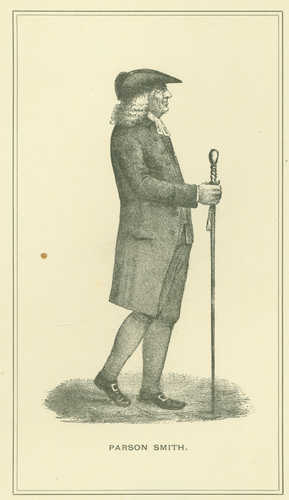Keywords: Nova Scotia
Item 135884
Grants of Islands under the Seal of Nova Scotia, 1765 and 1783
Contributed by: Maine Historical Society Date: 1765–1783 Location: Halifax Media: Ink on Paper
Item 135887
Commissions of Governors, Nova Scotia, 1720
Contributed by: Maine Historical Society Date: 1816 Location: Halifax Media: Ink on Paper
Exhibit
Creation and other cultural tales are important to framing a culture's beliefs and values -- and passing those on. The Wabanaki -- Maliseet, Micmac, Passamaquoddy and Penobscot -- Indians of Maine and Nova Scotia tell stories of a cultural hero/creator, a giant who lived among them and who promised to return.
Exhibit
When Europeans arrived in North America and disrupted traditional Native American patterns of life, they also offered other opportunities: trade goods for furs. The fur trade had mixed results for the Wabanaki.
Site Page
"… that stretched from Piscataqua to the Kennebec, Nova Scotia, and a separate—although poorly defined—region that lay in-between the two, generally…"
Site Page
"… Bay sprang up under the jurisdiction of Nova Scotia in the late 1760s and 1770s, but they were small, and control of land was contested both by…"
Story
John Coyne from Waterville Enlists as a Railroad Man in WWI
by Mary D. Coyne
Description of conditions railroad men endured and family background on John Coyne.
Story
Reverend Thomas Smith of First Parish Portland
by Kristina Minister, Ph.D.
Pastor, Physician, Real Estate Speculator, and Agent for Wabanaki Genocide
Lesson Plan
Maine's Acadian Community: "Evangeline," Le Grand Dérangement, and Cultural Survival
Grade Level: 9-12
Content Area: English Language Arts, Social Studies
This lesson plan will introduce students to the history of the forced expulsion of thousands of people from Acadia, the Romantic look back at the tragedy in Henry Wadsworth Longfellow's famous epic poem Evangeline and the heroine's adoption as an Acadian cultural figure, and Maine's Acadian community today, along with their relations with Acadian New Brunswick and Nova Scotia residents and others in the Acadian Diaspora. Students will read and discuss primary documents, compare and contrast Le Grand Dérangement to other forced expulsions in Maine history and discuss the significance of cultural survival amidst hardships brought on by treaties, wars, and legislation.
Lesson Plan
Longfellow Studies: The Exile of the People of Longfellow's "Evangeline"
Grade Level: 6-8
Content Area: Social Studies
Other materials needed:
- Copy of Henry Wadsworth Longfellow's "Evangeline"
- Print media and Internet access for research
- Deportation Orders (may use primary document with a secondary source interpretation)
Throughout the course of history there have been many events in which great suffering was inflicted upon innocent people. The story of the Acadian expulsion is one such event. Britain and France, the two most powerful nations of Europe, were at war off and on throughout the 18th century. North America became a coveted prize for both warring nations. The French Acadians of present day Nova Scotia fell victim to great suffering. Even under an oath of allegiance to England, the Acadians were advised that their families were to be deported and their lands confiscated by the English. This event was immortalized by Henry Wadsworth Longfellow's epic poem "Evangeline", which was published in 1847.















